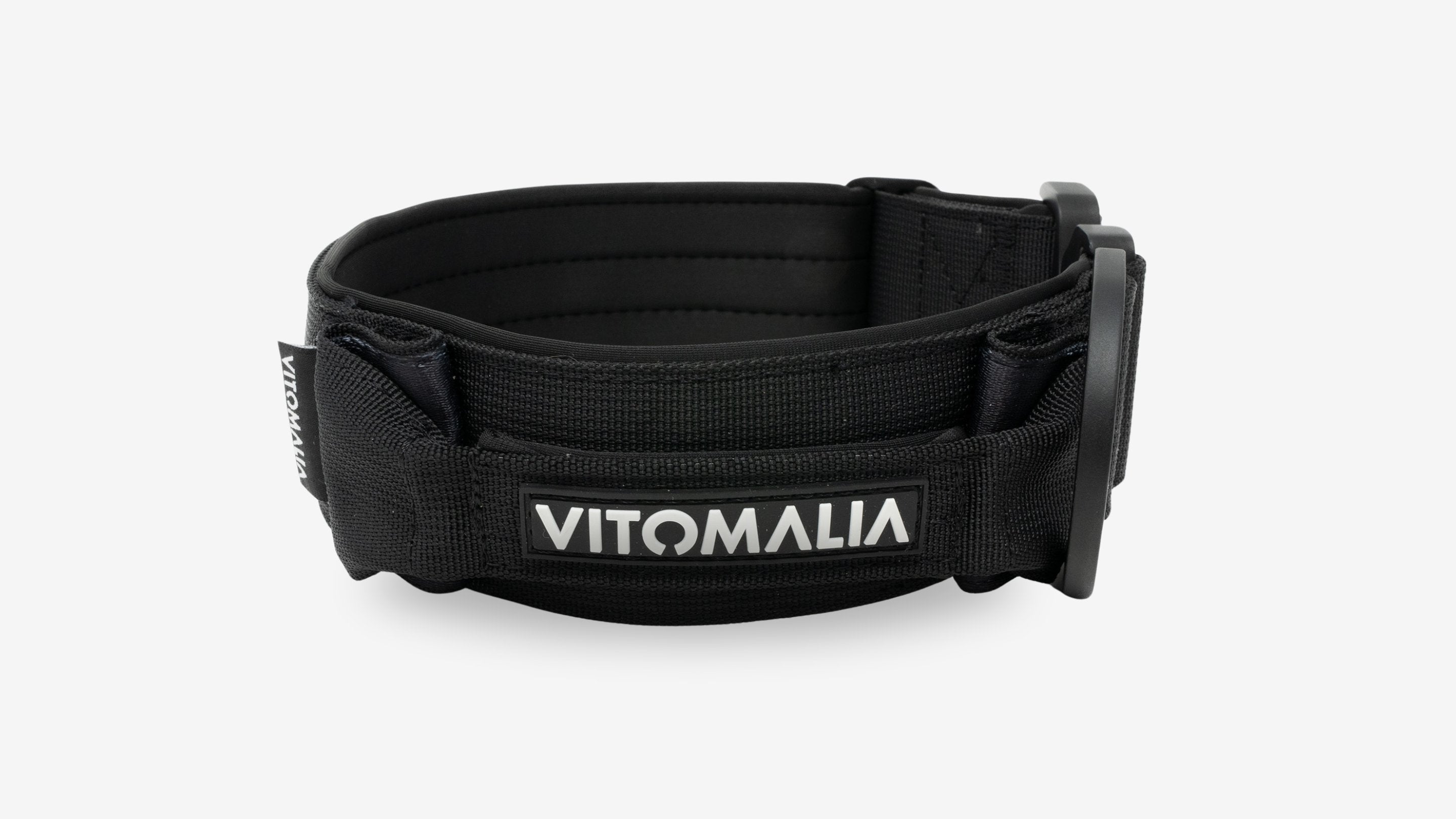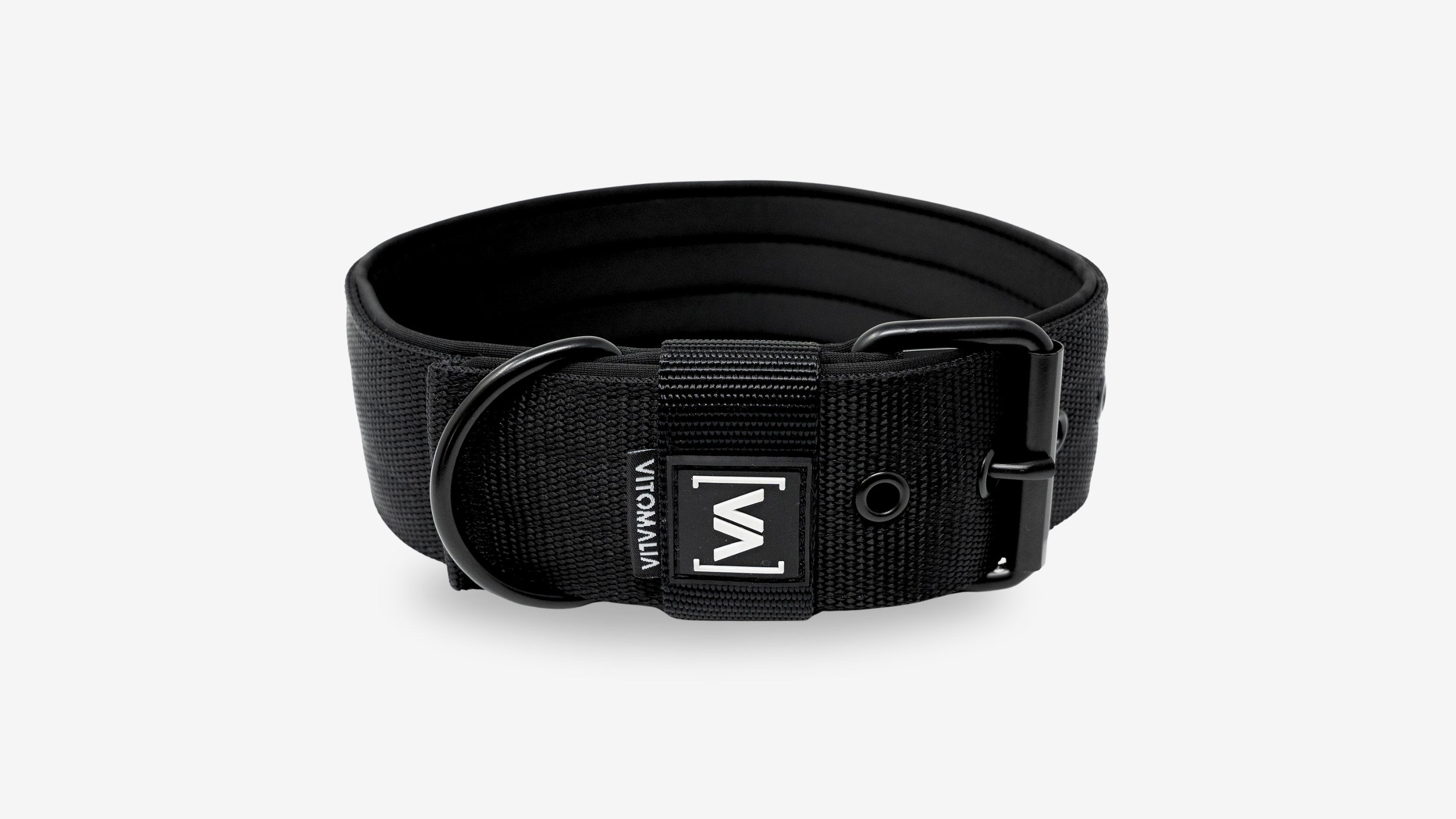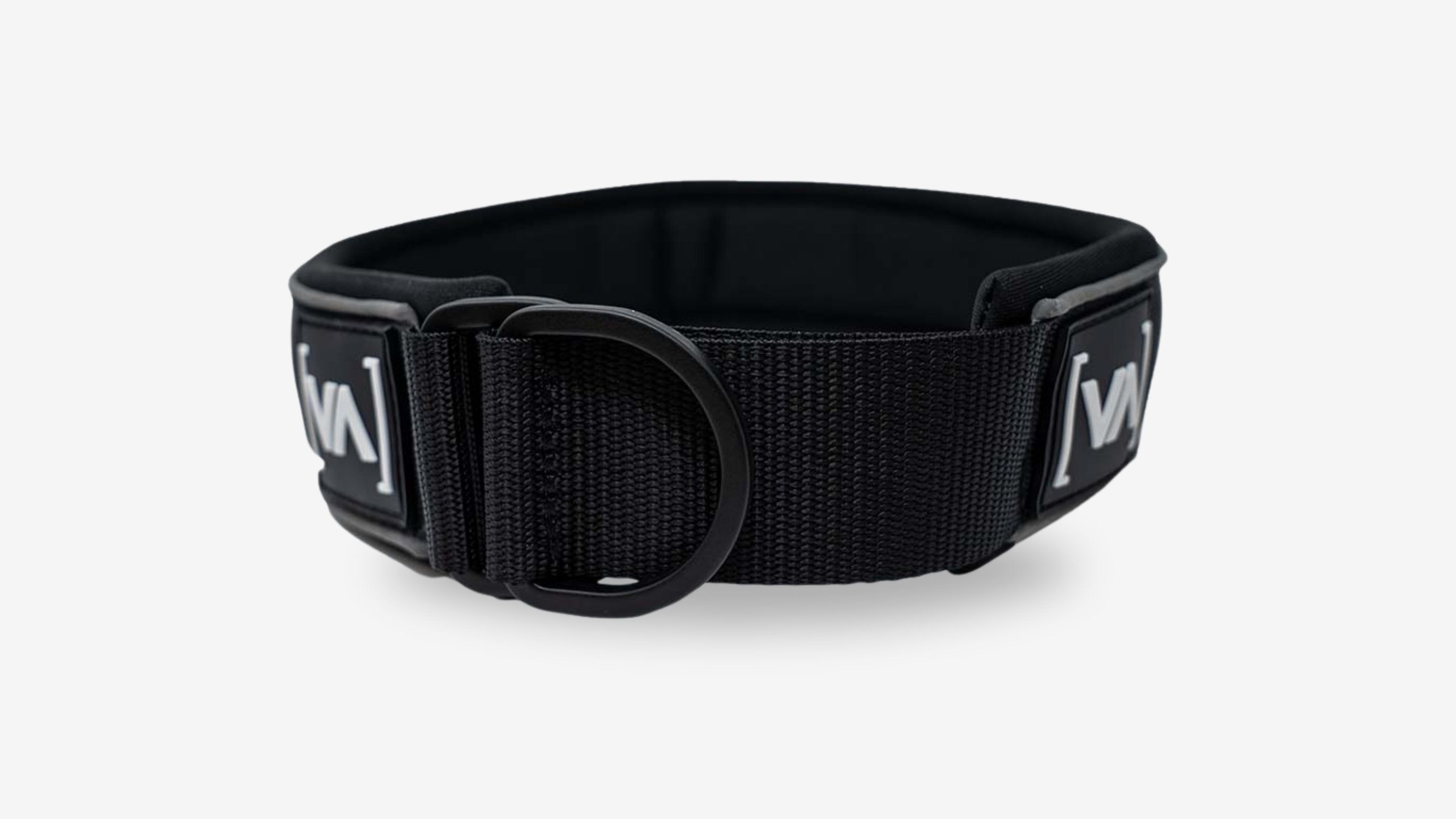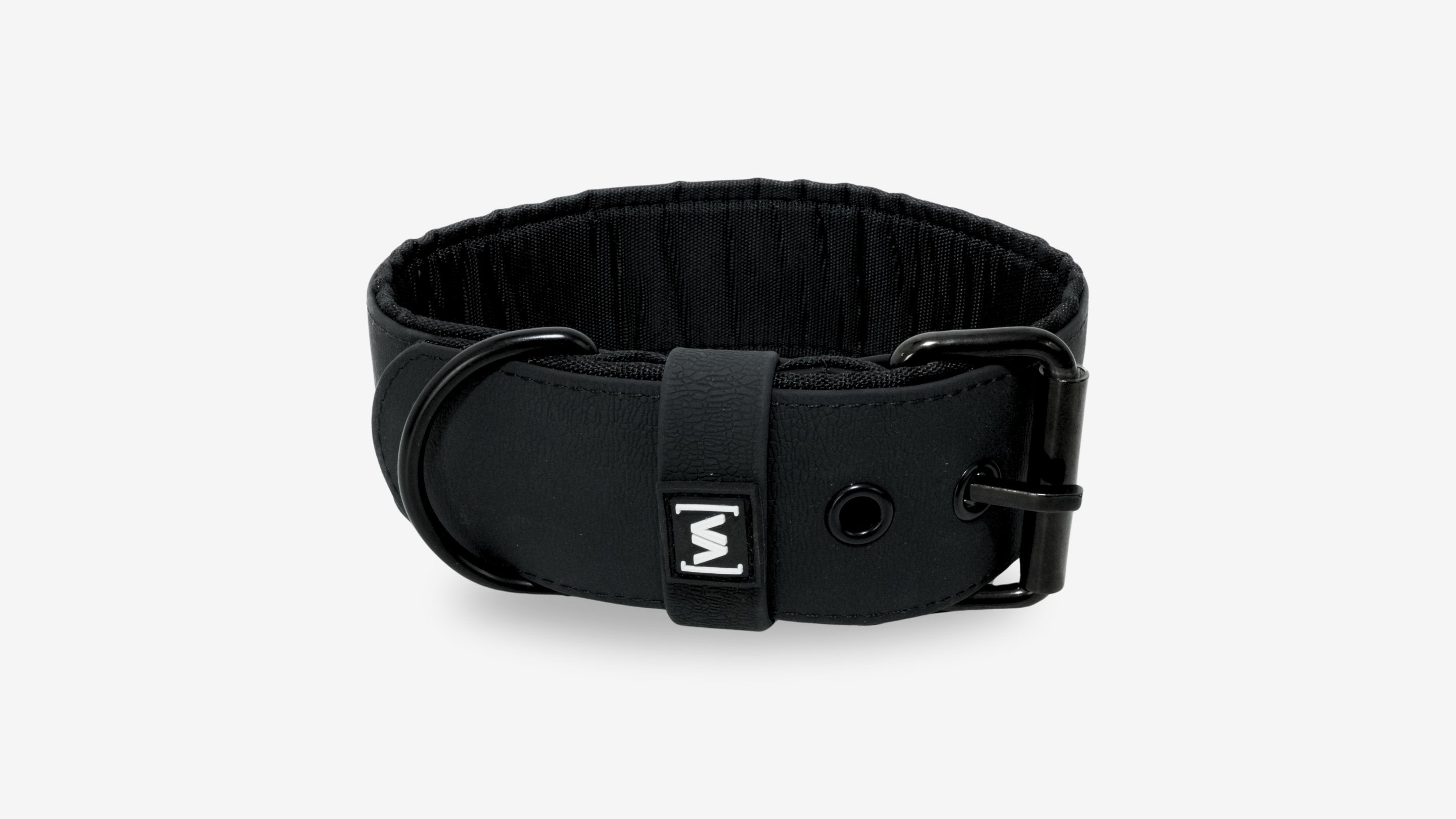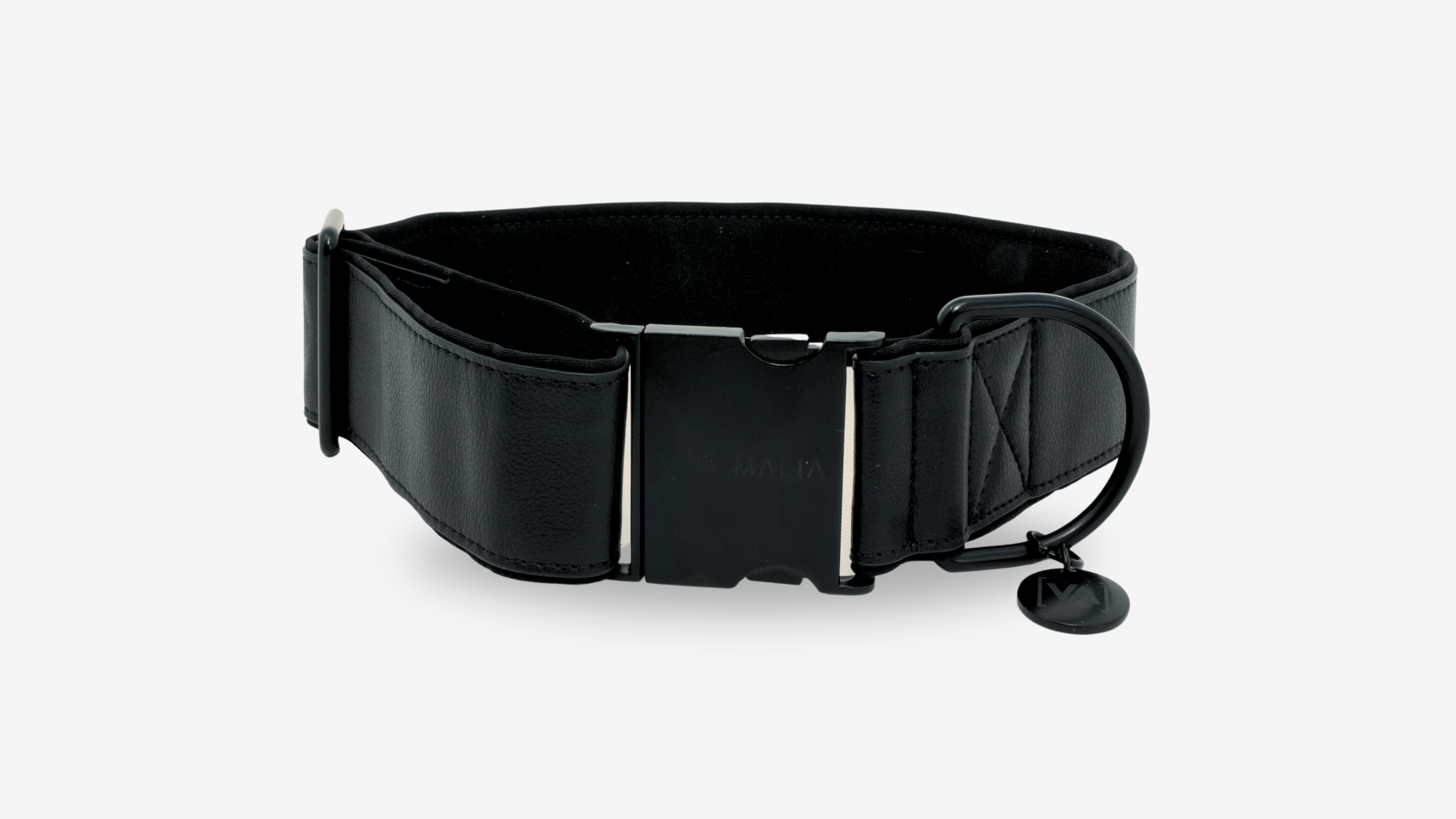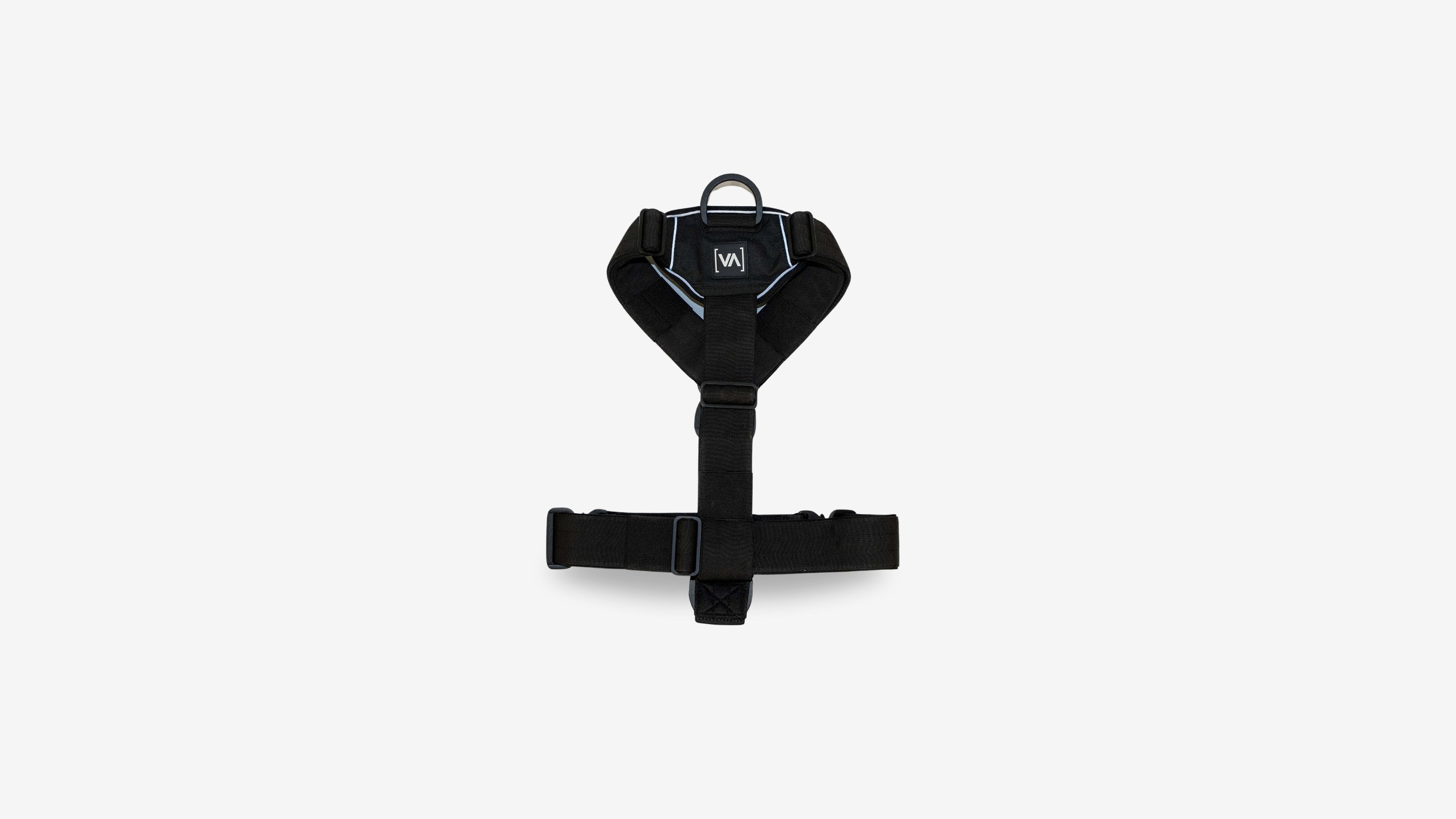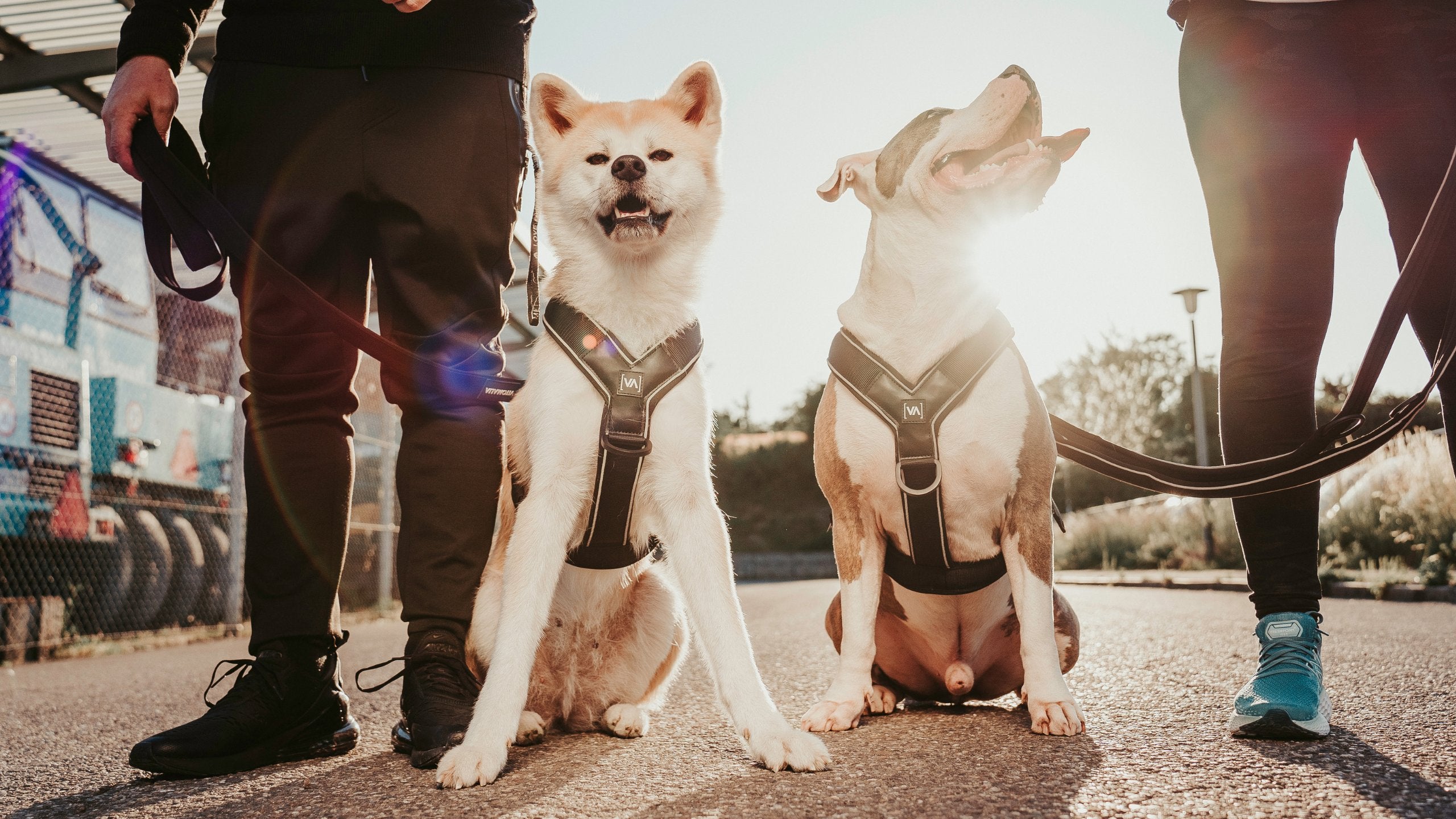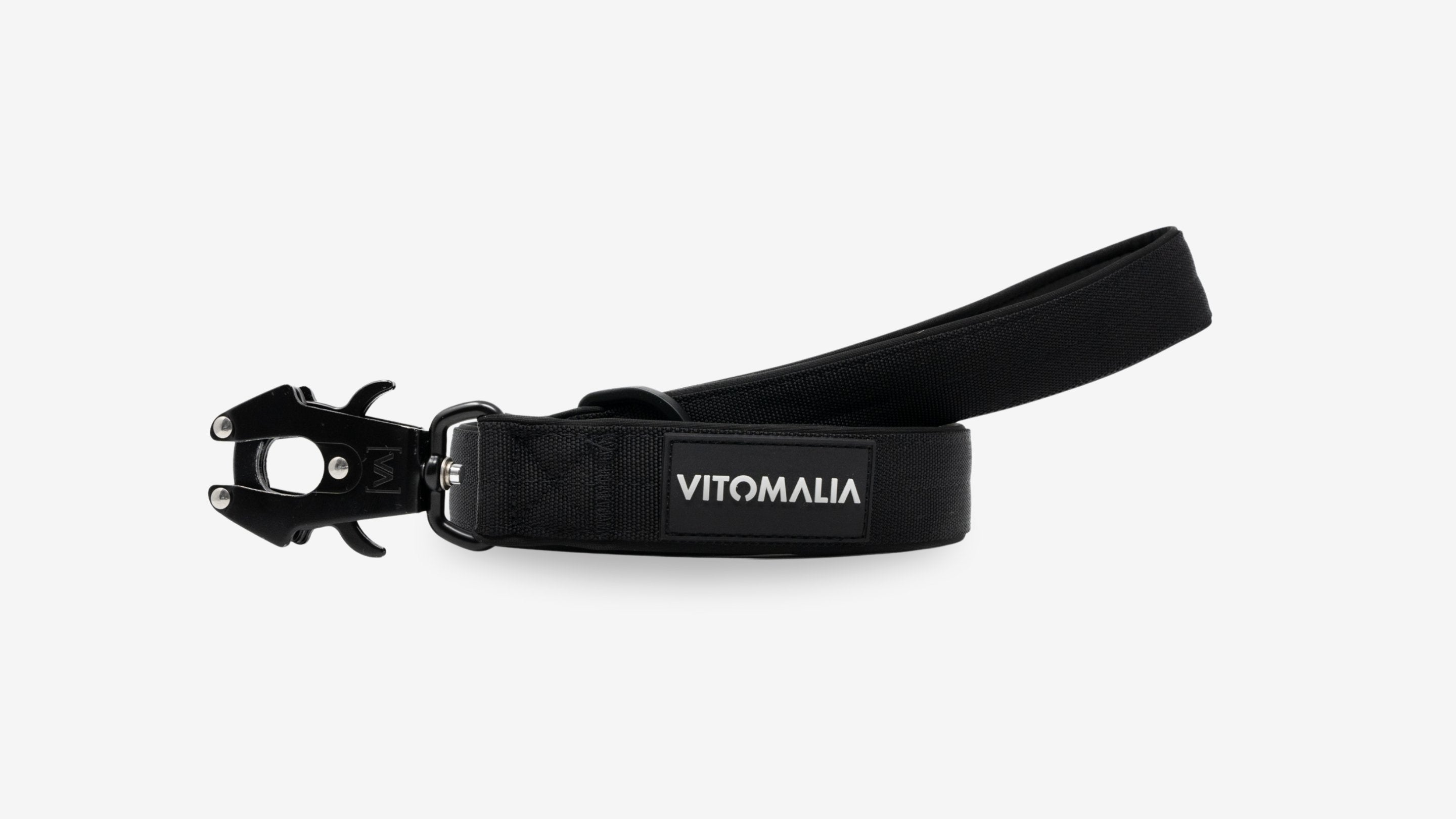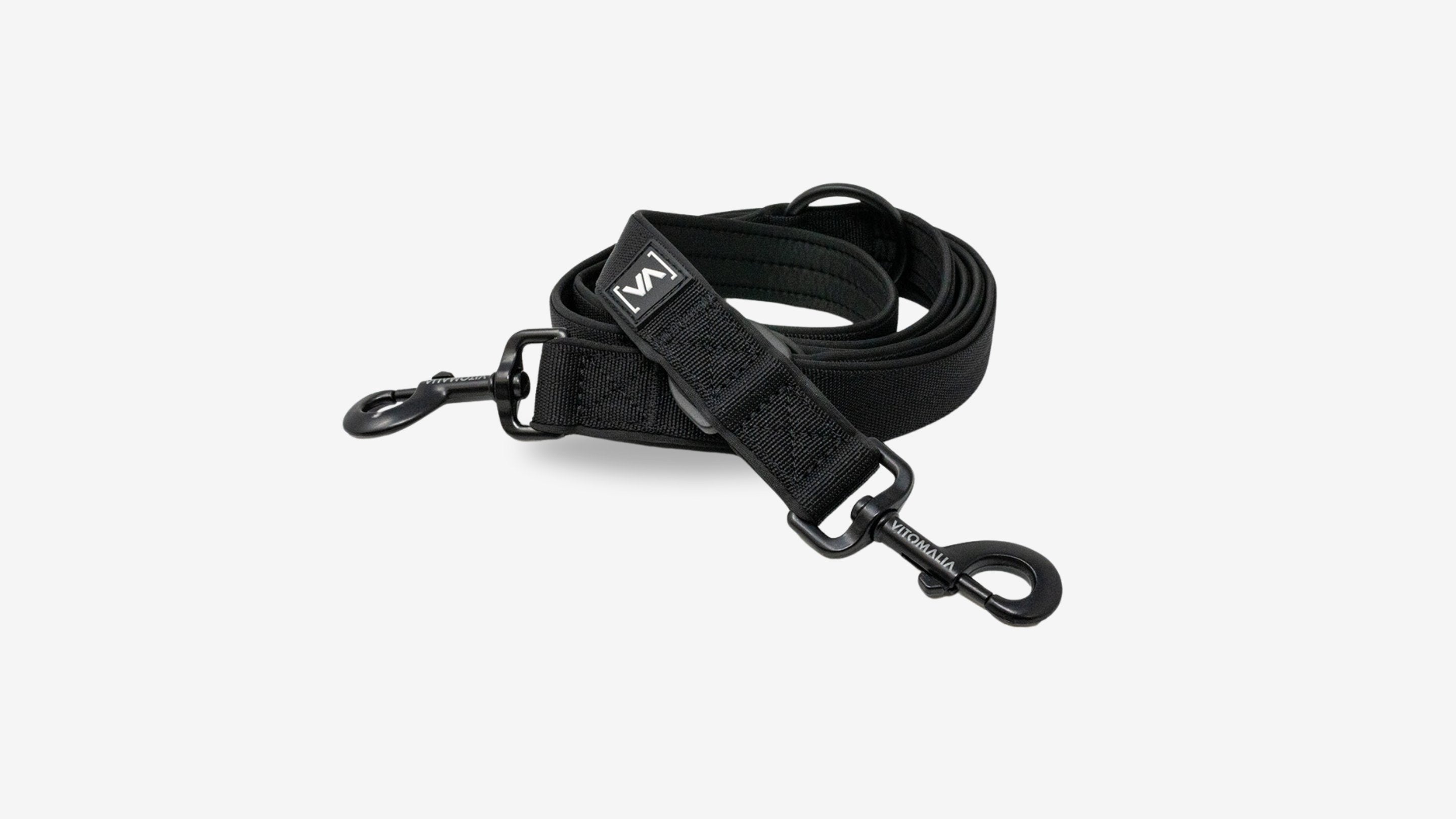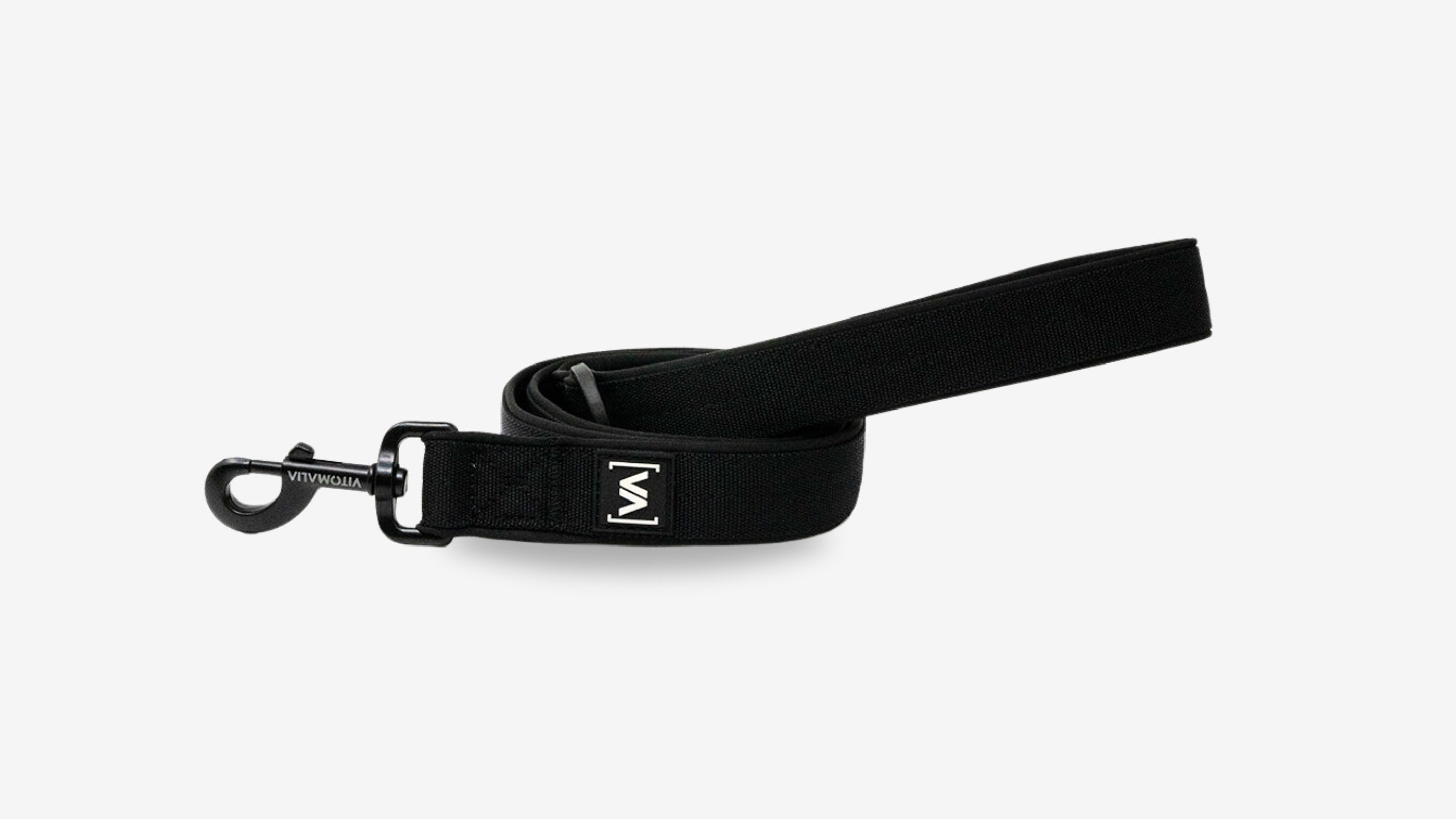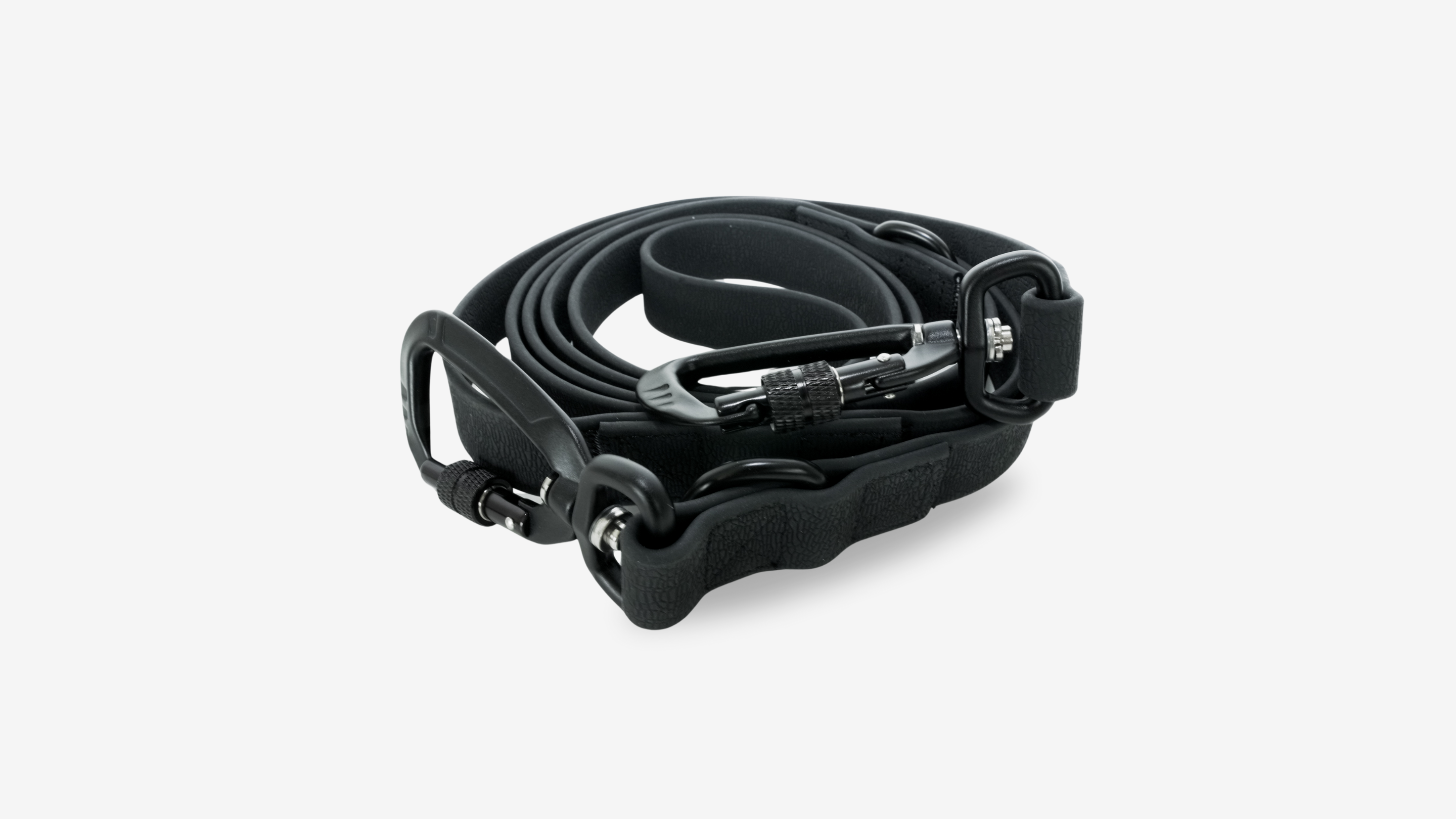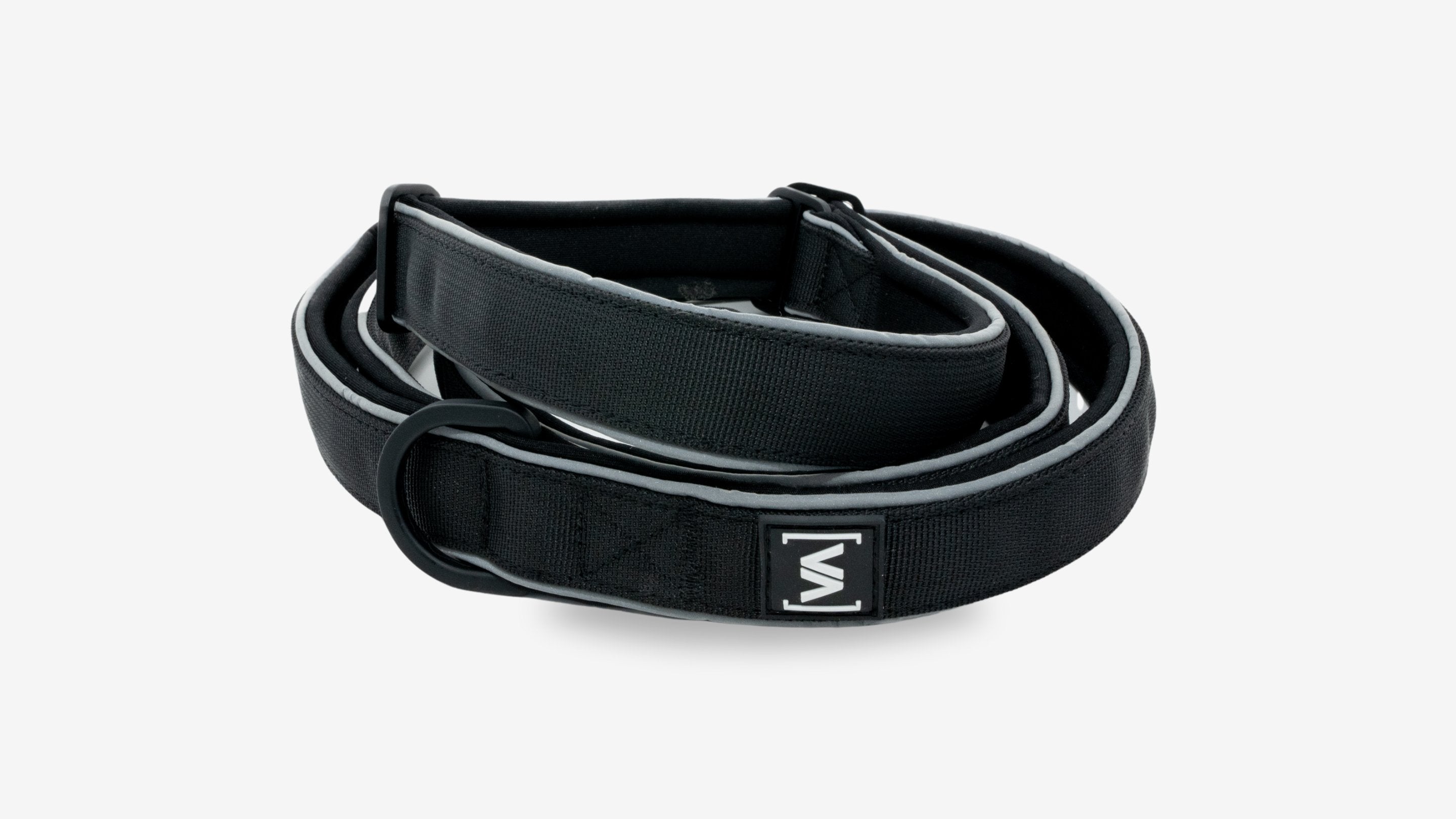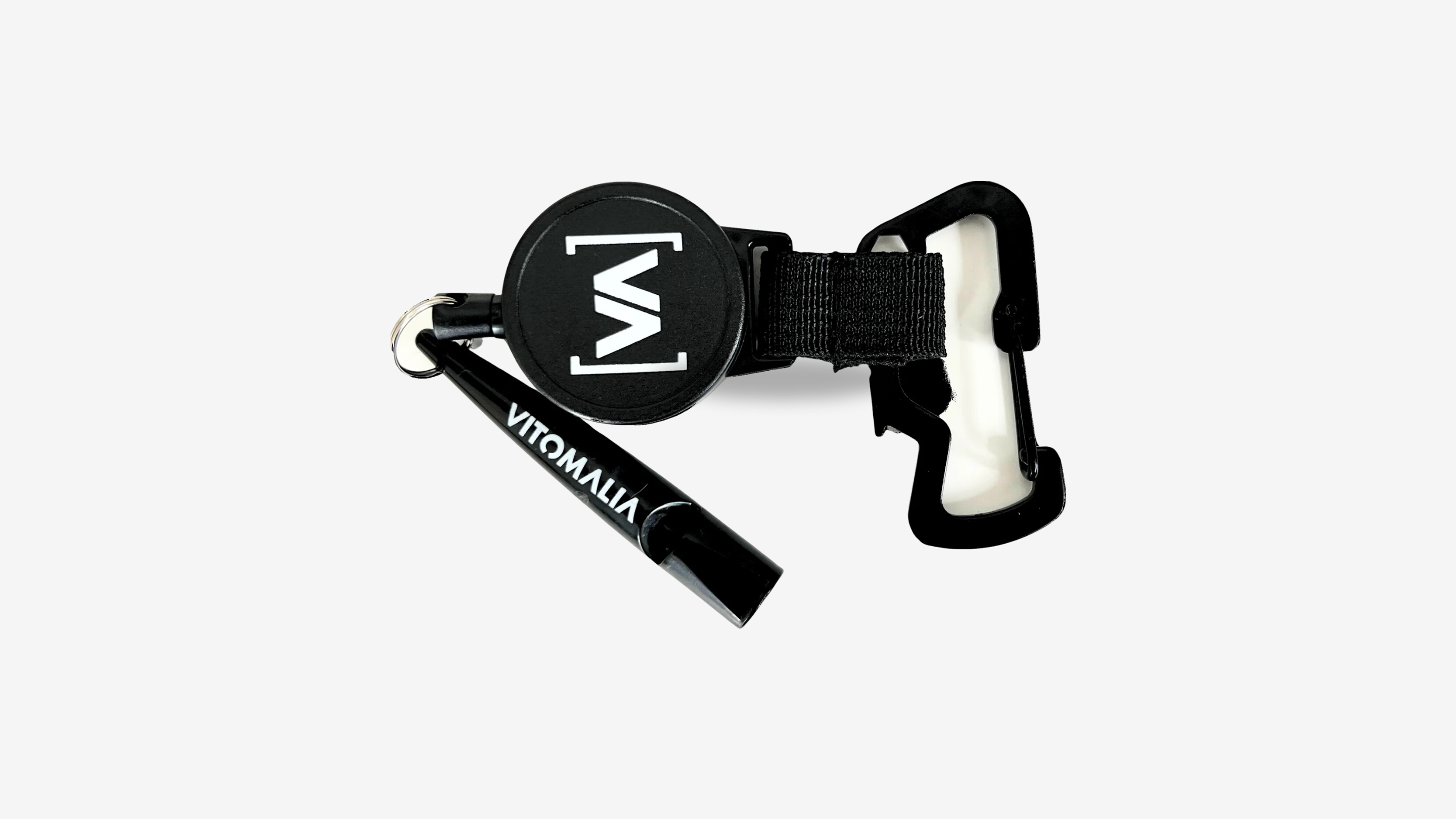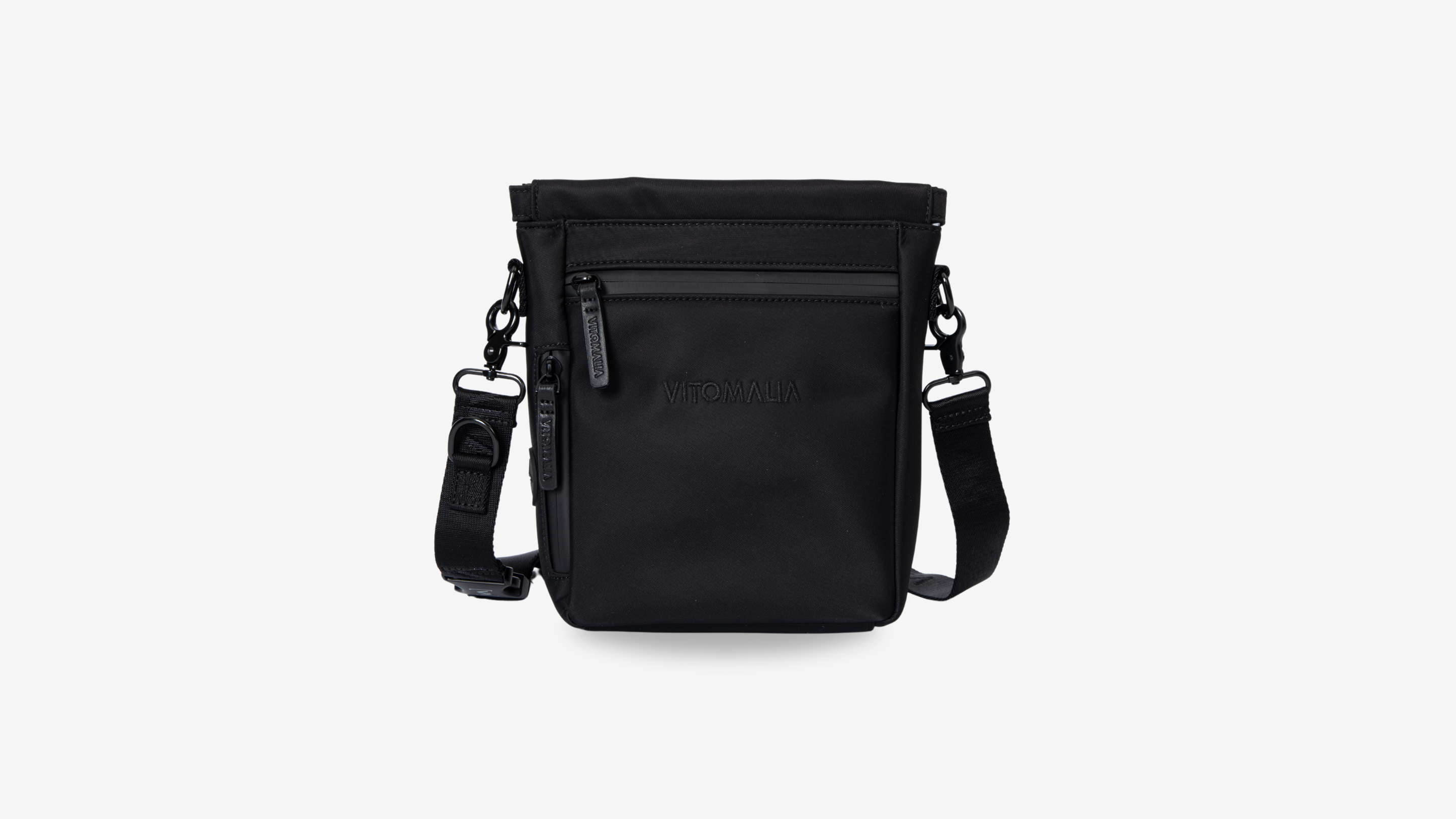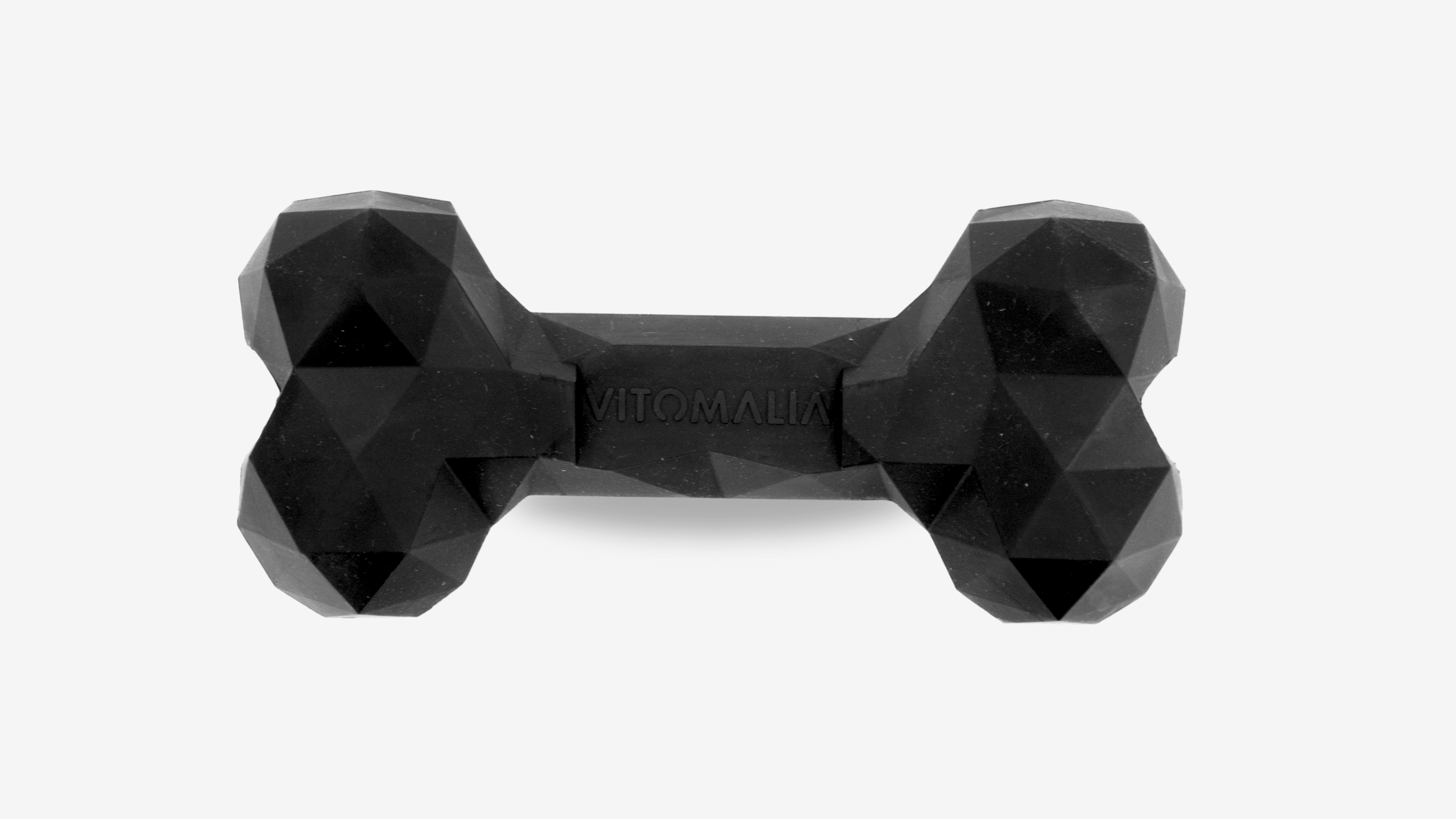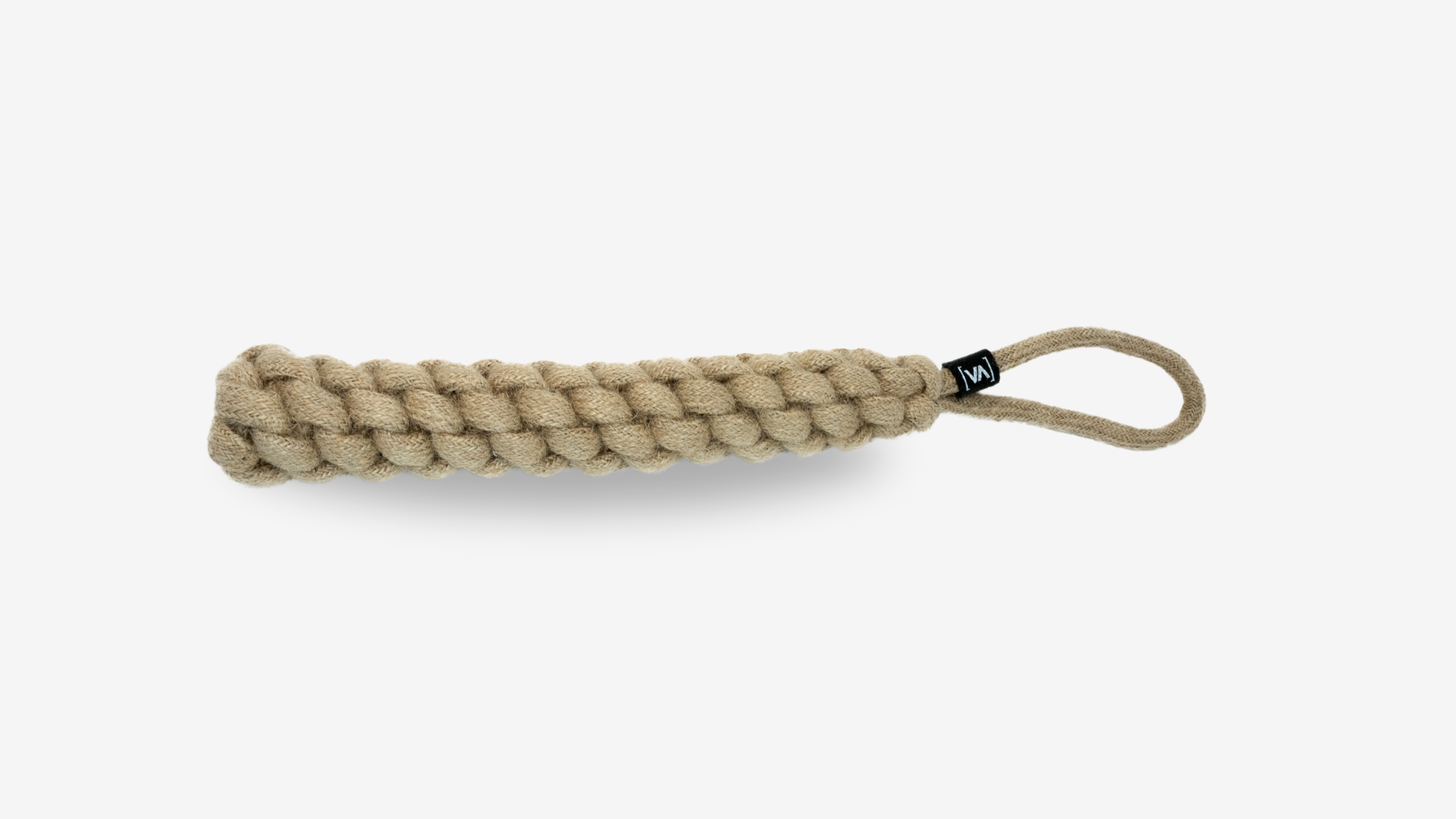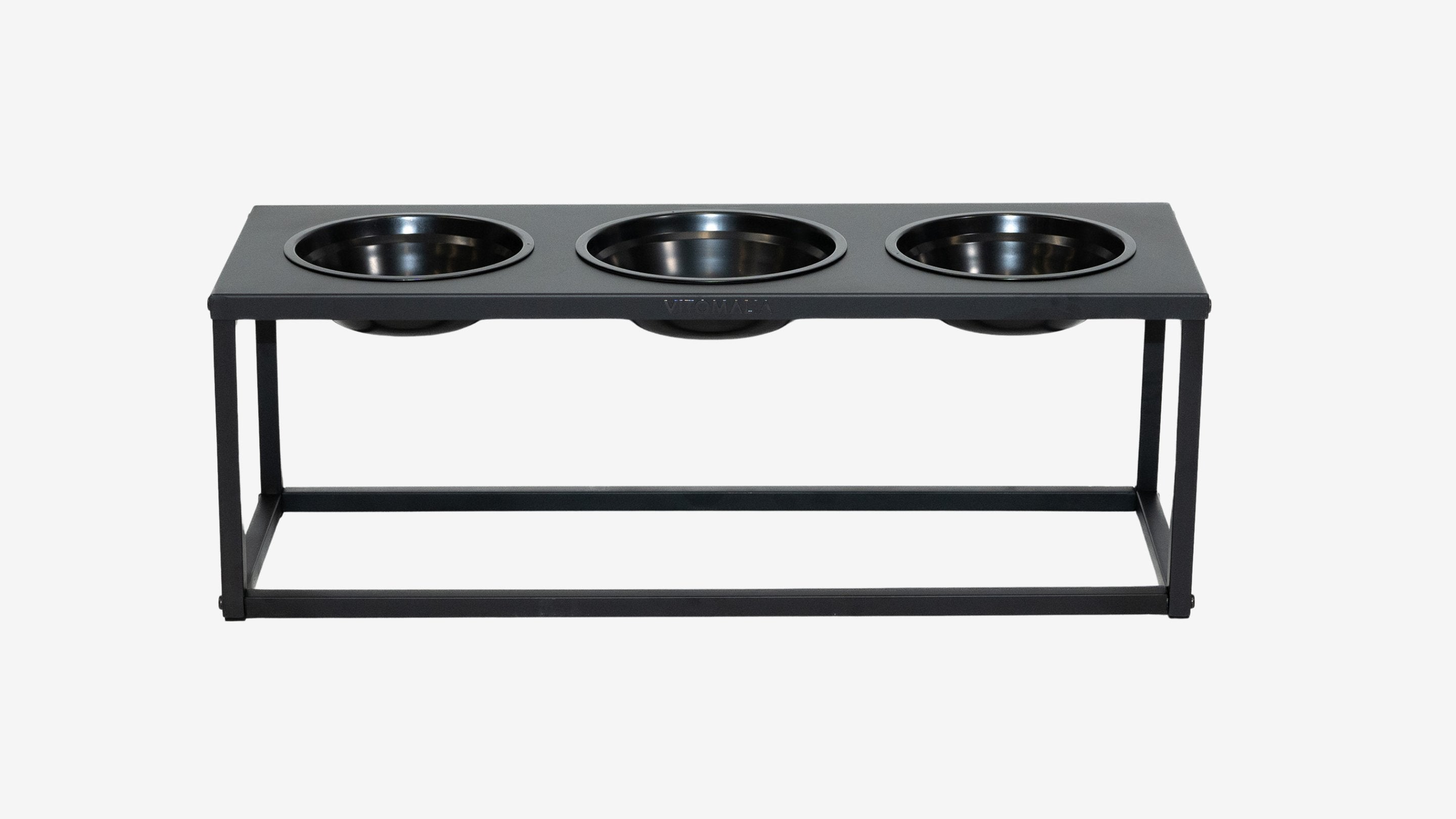The 4 most important house rules for your dog
House rule
“If you don’t know your place at home, you won’t know it outside or in conflicts.” - Vitomalia
The house rules form the foundation of dog training. As the head of the house, you decide which house rules and rules apply. Rules make living together easier and create respect and acceptance. Every household needs its own house rules for its dog in order to ensure harmonious and respectful coexistence. Every dog household is different, lives under different conditions, has different experiences and consists of different personalities. Adapt the house rules with dogs to your needs. When it comes to dog training, house rules form the foundation for all further behavior. If you can't do the basics inside the house, there's no need to start with behavioral problems outside. You can imagine the dog-human team as a team where the dog is the employee and you are the team leader. As a team leader, you define tasks and responsibilities. As a dog person, you are responsible for safety - your dog does not have to and may not do that. The cooperative work between you and your dog arises when each team member knows their distribution of tasks and their responsibilities. You, as a human being, are responsible for the distribution of resources, for security and team building, i.e. building relationships. Rules are particularly necessary in multi-dog households and households with children. If the dog person does not take the aspect of safety and leadership seriously, the dog will bark loudly to ensure safety and leadership. In a multi-dog household, this can lead to a very unpleasant and restless dynamic. The dog's house rules ensure a clear distribution of resources. Your dog is simply not entitled to use resources independently. In households with children, this can lead to unpleasant encounters with children's toys. We advise you to establish house rules for your dog early on and enforce them.
Territory and patrol area
Every dog has an innate territorial behavior that is completely natural. Our dogs inhabit their territory, they guard it and they protect it. When it comes to dogs, we differentiate between territory (core area) and patrol area (activity area). The dog defends the territory and the dog stays in the patrol area or activity area but does not defend it. The areas where your dog's important resources are located, such as his sleeping place or food, are particularly intensively defended. This is the core territory. Territories are important to our dogs because:
|
|

|
 |
|
